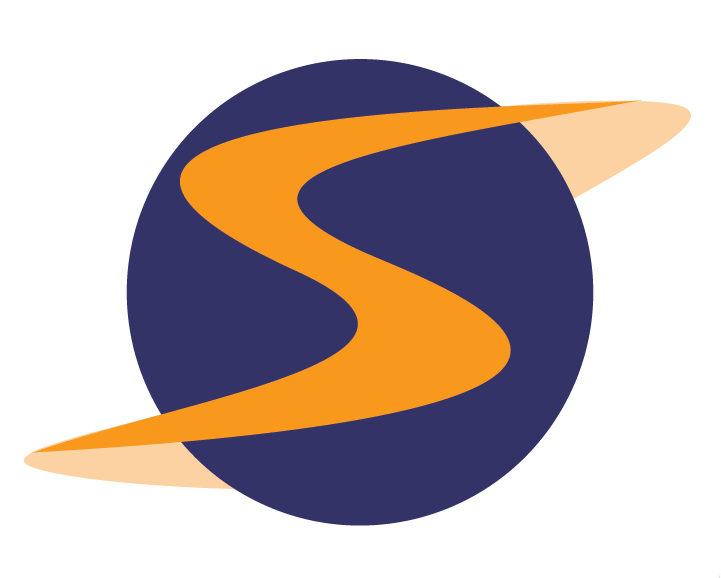It’s time for another edition of the SurfMerchants Bookshelf! This review was provided by Lily Eynon, Director of Business Development. Known as someone who excels in keeping many balls in the air at once (usually while on a plane or another continent!), Lily is one of the most knowledgeable and talented SurfMerchants at keeping projects moving forward. How does she do it? Read the review below to see some of the inspiration behind Lily’s awesome project management skills!
The Lazy Project Manager
Peter Taylor
Reviewed by Lily Eynon, Director of Business Development

Like anyone who manages projects, I’ve read a fair number of books and blogs about how to manage them better, faster and more efficiently. Many of these focus on tasks: how to track them, how to manage them and how to make sure that they get done. The Lazy Project Manager never talks about those things.
The main idea of the book is how to focus on your role as a Project Manager by utilizing a concept that Taylor calls “productive laziness”. He defines this as getting the maximum amount of output for the minimum amount of effort, with an eye to minimizing the input as well. His plan is pretty simple:
- Focus your planning a by defining the end goal and devote the majority of your energy to planning the project properly and precisely to reach that end goal
- After the project is in progress, defend vigorously against Project Creep
A key component for planning the project is to have a well defined end product. It’s pretty easy during the execution of a project to “good idea it to death”. What this means is that as the project evolves, people start thinking of good ideas that would be great in the end project. These ideas probably are very good. They’d be great features or enhancements. But they all add time to the project and they all take resources away from the original project, and to have a half finished project with a bunch of good ideas incorporated does not result in a finished project. Having an accurate final product in mind helps table “good ideas” for another phase. It’s a concept that we talk about with regards to external projects, for our clients, but it’s easy to lose sight of the end goal when you are managing an internal project where the “good ideas” will ultimately benefit you as well.
Which brings me to another invaluable concept that I got from the book, which is the concept of a Project Sponsor. Now, in my organization, I sometimes manage projects, and I something think up new cool stuff we could use and someone else does the actual project management. This can create conflicts, because, after all, I am capable of performing project management tasks, so should I perform any of those actual tasks in those cases? Introducing the concept of a Project Sponsor really helped me clarify my own thinking about what my role is when I have an idea and someone else runs the project versus when I’m managing the project. It also helps me define my role when I’m the project manager for a project with another internal Project Sponsor by helping them refine their input to the end goal, rather than the day to day minutiae of a project.
In all, this book helped me think about my role as a project manager, and occasionally a Project Sponsor, and really clarified my thinking and habits about those roles. Unfortunately, it didn’t really give me permission to be lazy in doing my job, but in the end the strategies outlined are useful for anyone who manages projects and wants to ensure that they are as successful as possible without wasting time.


